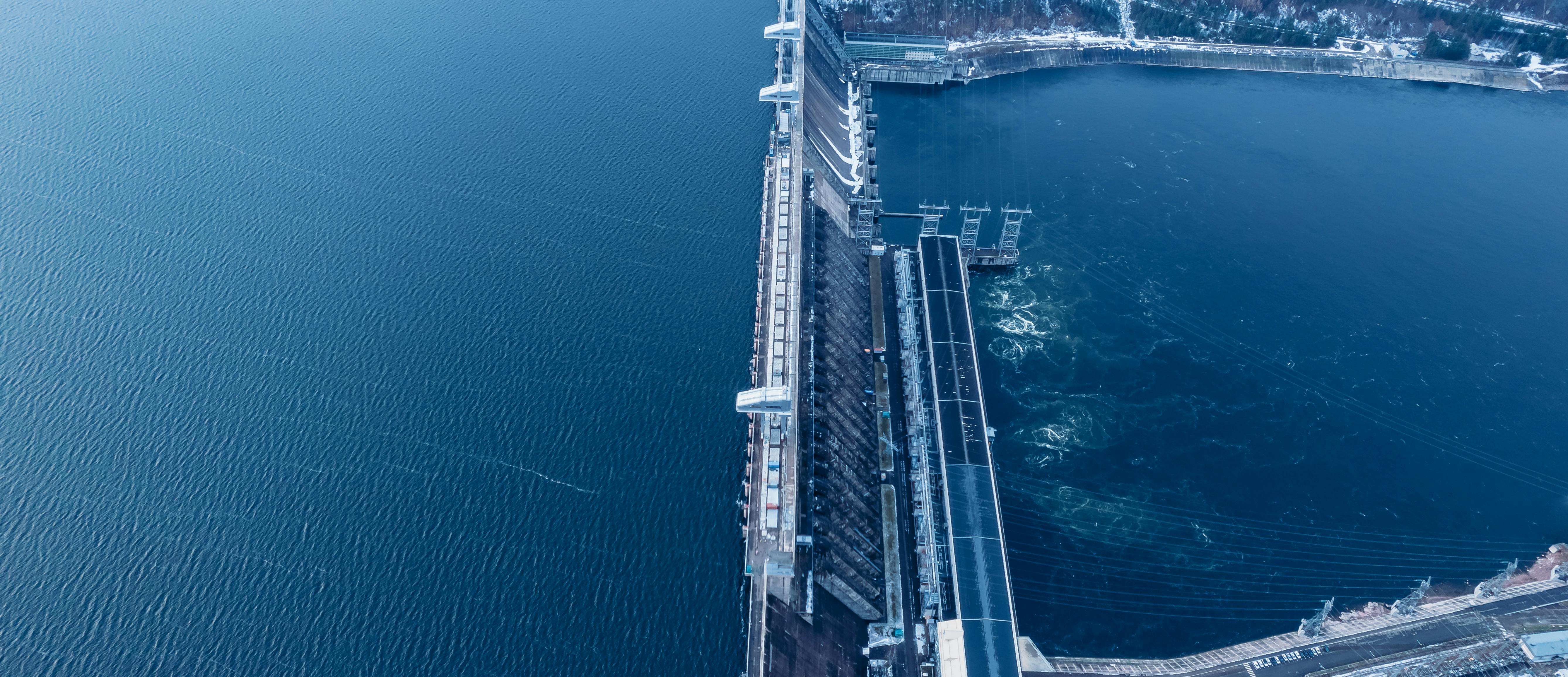How can we achieve net zero while keeping Europe's energy system stable and supply reliable? The answer may be: energy system flexibility. But what is it, exactly? How much flexibility do we need and how much is already out there? Magnus Energy's experts guide you through the flexibility landscape, trends and needs in this first report in a series.
Key findings:
- Flexibility is the key component of the energy transition and renewable integration. It will be required in multiple timeframes and from a diversity of sources, including demand and renewables.
- The flexibility ecosystem is highly complex. Numerous market and regulated actors compete for the scarce resource.
- Ultimately, flexibility is a service regardless of its origin, technology or network level. And thus, incentives to provide it and to use it are crucial.
- Growing regulatory coverage of flexibility on the EU level so far has been outpacing national implementation. As much as more solutions to offer flexibility are emerging, especially the integration of the demand side still has a long way to go.
- A flexibility gap is expected all across Europe. And the time factor is often overlooked. It takes time to invest and build new flexible assets, it takes time to ensure the needed infrastructure, it also takes time to implement and put relevant regulations into practice. Making the most of the existing options, including interconnection, is essential for a successful transition.
Want to learn more about our report? Feel free to download the report via the button on the right.
